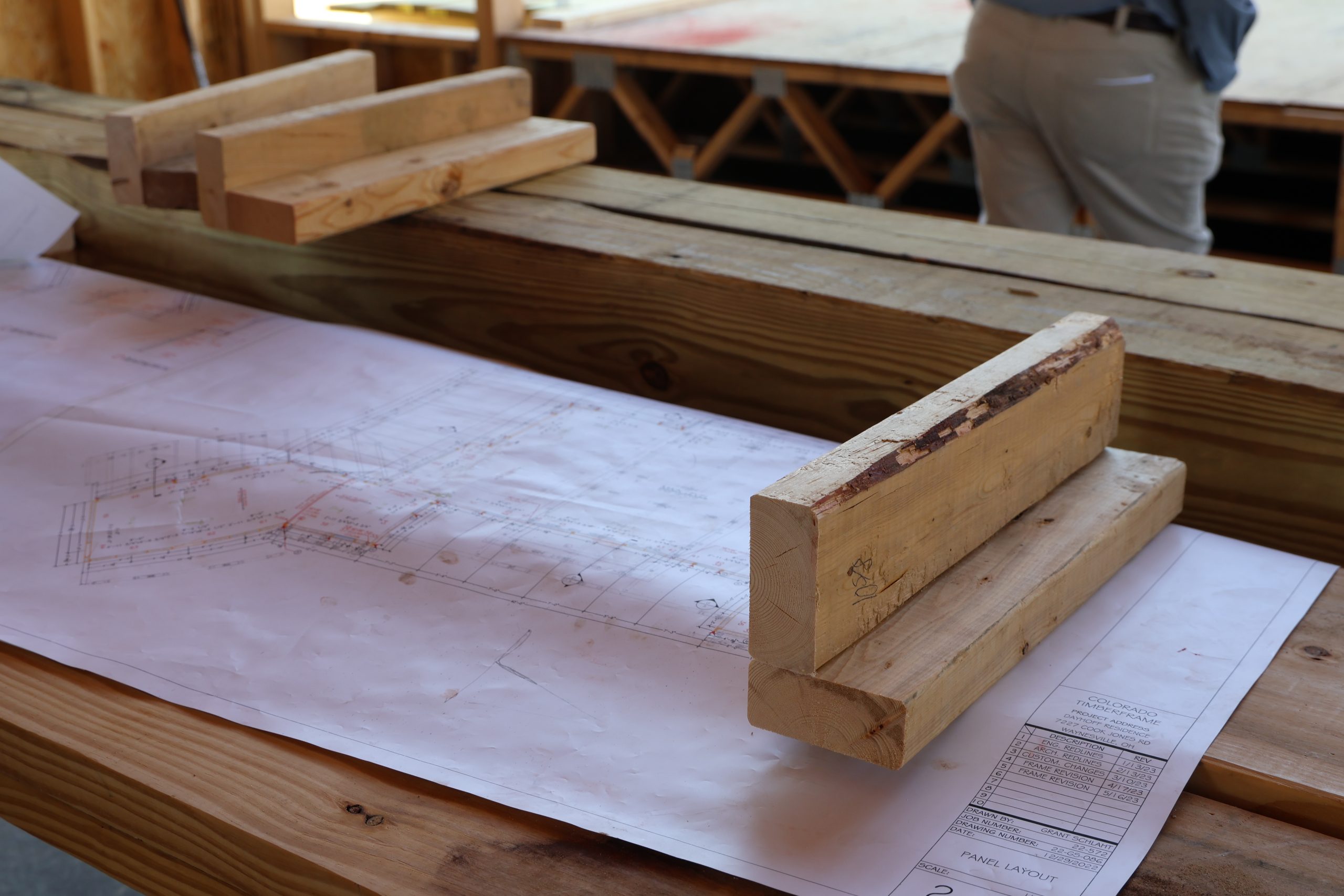When it comes to architecture and structural engineering, teamwork is important.
The best building projects aren’t just stunning designs or strong engineering; they thrive on a solid partnership between the two.
But working with architects can be a bit tricky for engineers. To get some experienced insights, we chatted with some structural engineers at Pinnacle Engineering to find out their real-world experiences and tips for teaming up with architects.
Here’s how to work with architects as a structural engineer from the team.
Prioritize Clear and Timely Communication
One of the trickiest parts of the structural engineer and architect collaboration is when communication goes off the rails, or even worse when there’s radio silence. When either the architect or the engineer makes changes, it can throw a wrench in the other person’s plans, and if those updates aren’t shared quickly, it can lead to some serious delays and extra costs.
What to Do Instead:
- Don’t just stick to email; a quick phone call can sort things out way faster.
- Try to avoid saying things like, “Just look at my model.” Those models are packed with info that can be confusing to interpret quickly
- Make sure architects get the structural info they need quickly so they can make smart decisions.
“I’ve seen so many cases where a five-minute phone call would have solved what took days to resolve by email.”
– Kip, Founder & Principal at Pinnacle Engineering
Speak the Architect’s Language with Visual Aids
Architects are all about visuals, and as a structural engineer, you can make teamwork smoother by keeping this in mind. Numbers and specs are important, but adding in visuals, like sketches, a whiteboard diagram, or a small model, can help connect the dots for the architect.
What to Do Instead:
- Draw quick sketches or diagrams to show any potential structural hiccups.
- Use a whiteboard or a small model to show any conflicts instead of focusing on technical language.
- Keep in mind that architects usually have a strong focus on looks, so try to align your structural ideas with their designs whenever you can.
“A visual learner might not understand a lengthy lecture of why something won’t work—but might instantly understand when shown.” – Nolan, Structural Engineer at Pinnacle Engineering
Get Involved Early in the Design Process
Getting involved as a structural engineer after the big design decisions are already set can lead to all sorts of headaches. Structural limitations often bump into trendy designs like open floor plans, huge windows, and those stylish minimal walls we all love.
What to Do Instead:
- Collaborate with architects on designs right from the start to avoid blowing the budget on redesigns down the road.
- Talk about what’s doable in terms of structure, design, and budget with the architect right away.
- Evaluate key elements like beams, columns, and stability before clients get too attached to any ideas.
“It’s important to discuss what can and cannot be done before an owner falls in love with an idea that isn’t feasible.” – Mike, Structural Engineer at Pinnacle Engineering
Balance Creativity with Structural Feasibility
What to Do Instead:
- Find out which design elements can be flexible from the start of the process. For example, ask questions like, “Can this beam drop down below the ceiling, or does it need to stay flush?”
- Offer creative solutions that keep the design intent without compromising structure.
- Providing honest feedback and avoiding a “yes-man” approach helps architects make informed design choices.
Structural engineers must juggle supporting an architect’s aesthetic designs while keeping it safe, budget-friendly, and realistic. The best teamwork shines when both sides get what is flexible and what’s nonnegotiable.
“An architect needs a structural engineer who will provide honest feedback. A ‘yes man’ won’t help when the costs pile up later.” – Eugene, Structural Engineer at Pinnacle Engineering
Teaming up with architects doesn’t have to be a struggle. Focus on keeping the conversation flowing, visualizing ideas together, getting involved early, and working as a team. Structural engineers can make projects run smoother, dodge expensive problems, and build solid relationships with their architect counterparts.
About Pinnacle Engineering
Pinnacle Engineering’s wide-ranging expertise and commitment to challenging the norm in structural engineering sets us apart. Our clients have been coming back since 1996 for a reason.
Our engineers specialize in commercial, custom residential, and specialized design projects.
If you’re interested in working with us, reach out here.


